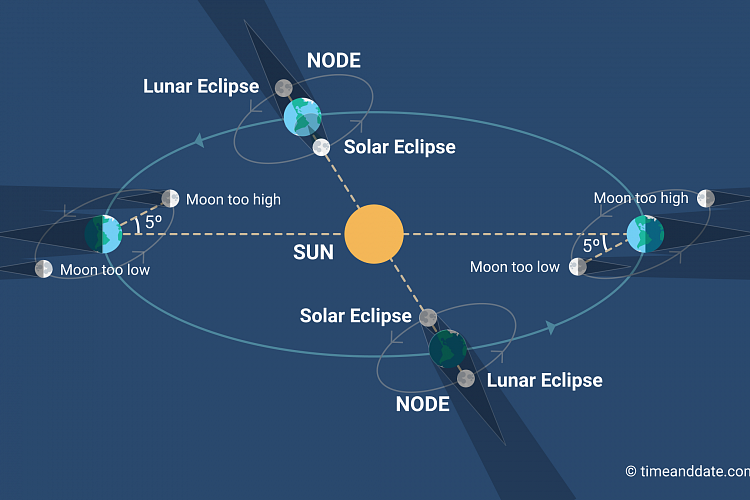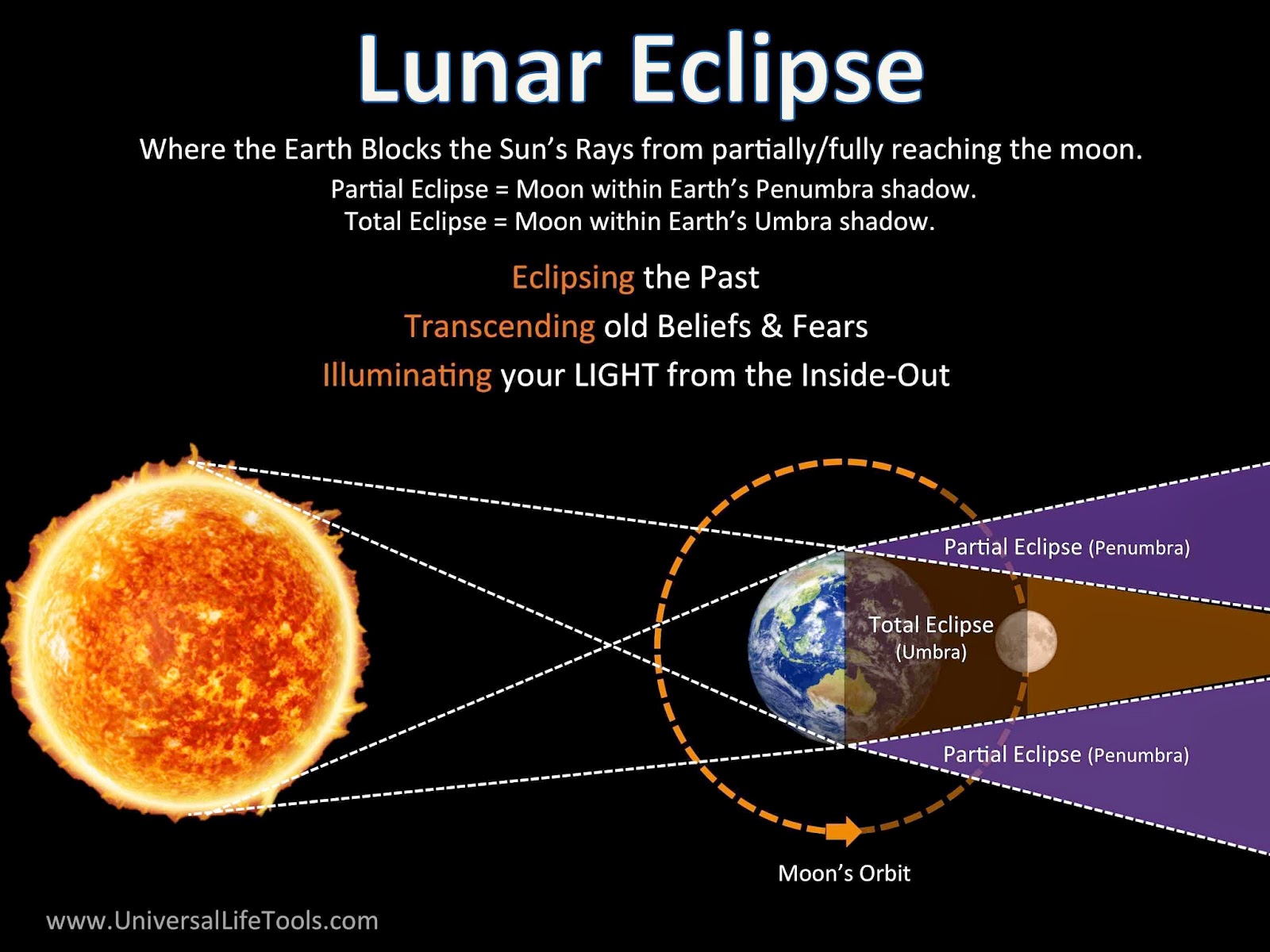

What is a partial lunar eclipse? Not Every Full Moon Night The Sun, Earth, and Moon must be nearly aligned, but not as closely aligned as during a partial eclipse.The Moon must be in the Full Moon phase.Two celestial events must happen at the same time for a penumbral lunar eclipse to occur: Very keen observers may then see the Moon turn a shade darker during the maximum of the eclipse. This kind of eclipse is almost impossible to see.ĭuring a full penumbral eclipse, on the other hand, the Earth's penumbra covers the entire face of the Moon. During a partial penumbral eclipse, only part of the Earth's penumbra covers the Moon's surface. Penumbral lunar eclipses can be partial or full. Lunar nodes are the locations where the Moon crosses the Earth's orbital plane. (From their perspective on the Moon, they would see a partial solar eclipse.) If a person was standing on the Moon’s surface during a penumbral lunar eclipse, they would see Earth block out some-but not all-of the Sun. The best time to try and catch it is around maximum eclipse, when one edge of the Moon may appear slightly darker than the other. These events are called penumbral eclipses.ĭifferent kinds of eclipses Not Easy to Seeīecause Earth’s penumbral shadow is light, it can be hard to spot as it moves across the face of the Moon. Often, the Moon also passes through Earth’s dark, inner shadow-known as the umbra-producing a partial or total lunar eclipse.īut sometimes, in around one out of three lunar eclipses, the Moon doesn’t reach the umbra: the penumbral stage is as deep as the eclipse gets. This is where the Moon passes through the light, outer part of Earth’s shadow, called the penumbra. Here the Moon is covered by the penumbra, but not the umbra-making this a penumbral lunar eclipse.Įvery lunar eclipse begins and ends with a penumbral stage. This graphic shows the two large circular shadows that Earth casts into space: the inner umbra, and the outer penumbra. Business Date to Date (exclude holidays).You can find Tariq at and as the co-host to the This Week In Space podcast with space historian Rod Pyle on the TWiT network. He has journalism degrees from the University of Southern California and New York University. He is also an Eagle Scout (yes, he has the Space Exploration merit badge) and went to Space Camp four times as a kid and a fifth time as an adult. In October 2022, Tariq received the Harry Kolcum Award for excellence in space reporting from the National Space Club Florida Committee.

Before joining, Tariq was a staff reporter for The Los Angeles Times covering education and city beats in La Habra, Fullerton and Huntington Beach. He became 's Managing Editor in 2009 and Editor-in-Chief in 2019. He covers human spaceflight, exploration and space science, as well as skywatching and entertainment. Tariq is the Editor-in-Chief of and joined the team in 2001, first as an intern and staff writer, and later as an editor. If you need imaging gear, consider our best cameras for astrophotography and best lenses for astrophotography to make sure you're ready for the next eclipse.Ĭlick the "next" arrows below or at the top of this page for more amazing Beaver Moon lunar eclipse photos.
Picture of lunar eclipse diagram how to#
You can prepare for the next full moon or lunar eclipse with our guide on how to photograph a lunar eclipse, as well as how to photograph the moon with a camera in general, can help you make the most of the event. He used a Nikon D500 camera with a Sigma 60-600 telephoto lens with also a Sigma 1.4 teleconverter. "I was lucky to have the heavy cloud cover intermittently clear so I could get some photo," he said. In the image above, astrophotographer Randy Dougherty captured the Beaver Moon lunar eclipse at its peak as it shined over Lake Michigan, near Ludington, Michigan, on Nov. Just click the arrows above to see the next photo. You can see photos of the Beaver Moon lunar eclipse here as taken by skywatchers and readers around the world. Skywatchers with clear skies across the United States and Canada, as well as Central and South America and parts of Australia, Europe and Asia were able to view the historic Beaver Moon eclipse, in which the moon was 97% covered by the Earth's shadow, taking on a red hue even if the moon phase wasn't a true blood moon. 18-19 in what was the longest eclipse of its kind in 580 years. The full Beaver Moon of November 2021 passed through Earth's shadow in a partial lunar eclipse overnight on Nov.


 0 kommentar(er)
0 kommentar(er)
